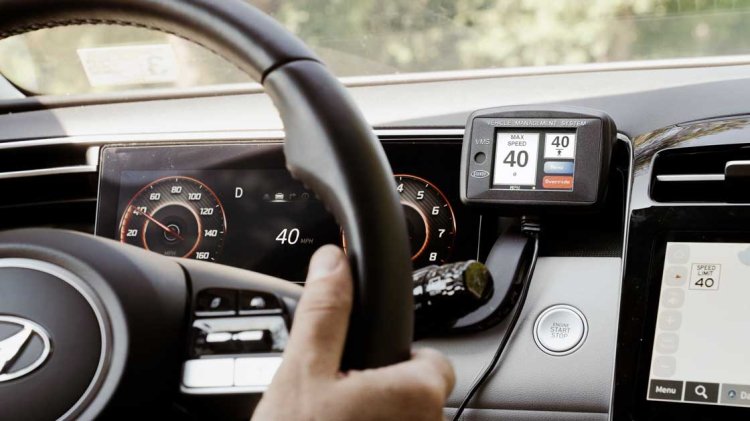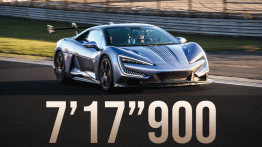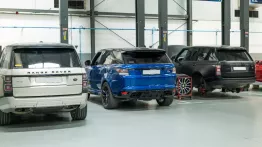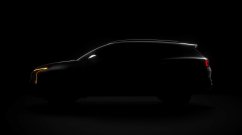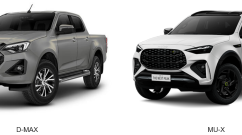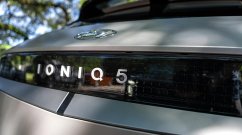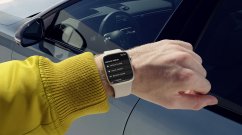A recent survey by the Insurance Institute for Highway Safety (IIHS) reveals that over 60% of drivers support vehicles providing audible and visual warnings when they exceed the speed limit. Surprisingly, about half of the respondents are also open to technology that makes the accelerator pedal harder to press or automatically restricts speed.
“These findings are exciting because they suggest American drivers are willing to change how they drive to make our roads safer,” IIHS President David Harkey said. “The conventional wisdom has always been that speed-restricting technology would never fly in our car-centric culture.”
Also Read: 9 Most Common Causes of Car Accidents: Understanding Road Risks
Speeding remains a significant issue, contributing to over a quarter of U.S. traffic fatalities, with more than 12,000 deaths in 2022. Despite this, nearly half of the drivers admitted to speeding at least 15 mph over the limit in the past month.
“We can no longer pretend this is an unsolvable problem,” said IIHS Senior Research Scientist Ian Reagan, who designed the survey about intelligent speed assistance (ISA). “With the technologies we have now, we could stop virtually all speeding and eliminate speeding tickets to boot."
Reagan’s survey involved 1,802 drivers and explored their attitudes towards different types of ISA. More than 80% of drivers supported a feature displaying the current speed limit, and over 70% favored a non-intrusive tone when the speed limit changes. Advisory systems were preferred over those that actively control the vehicle’s speed.
Also Read: Safe and Affordable Cars for Teen Drivers
Support for ISA varied by type: nearly 60% of drivers found advisory-only systems acceptable, compared to 51% for systems with accelerator feedback and 48% for speed limiters. The survey also noted that ISA acceptability increased if it intervened at 10 mph over the limit rather than 1-2 mph.
Frequent speeders were less likely to accept ISA, though they might still recognize its utility. About half of the drivers in the feedback and limiter groups indicated they would often override the feature.
A federal mandate could help overcome resistance, with U.S. drivers potentially favoring a system with higher tolerance on highways but stricter limits in pedestrian-heavy areas.
“This technology enables nuanced interventions that were never possible in the past,” Harkey said. “The next challenge is to encourage automakers and drivers to embrace it so we can begin saving lives.”





